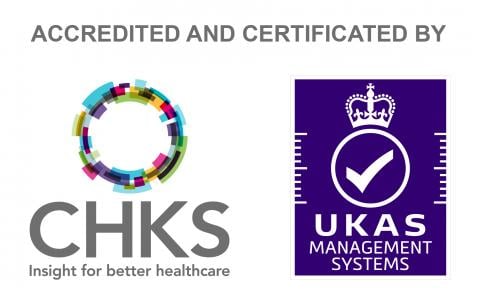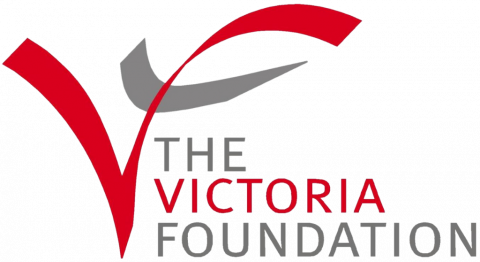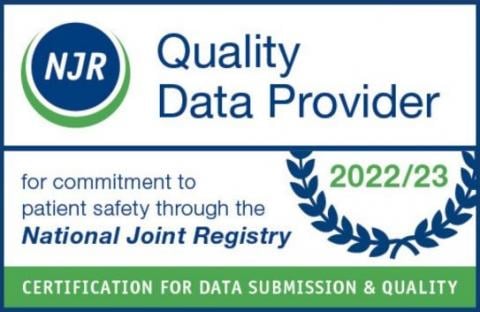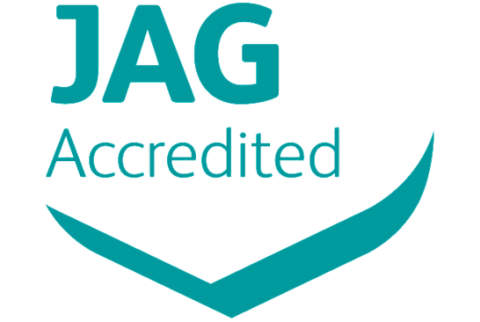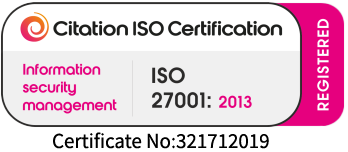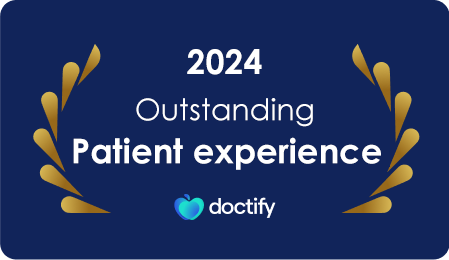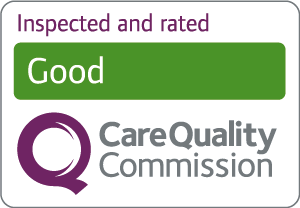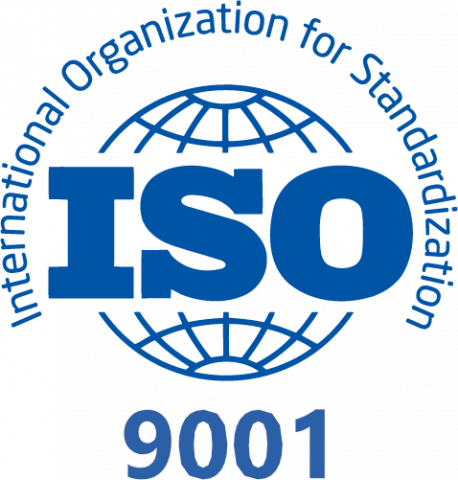
Chronic pain is a complex and often debilitating condition that affects the quality of life for millions of people worldwide. In this article, Mr Michael Hart, Functional Neurosurgery Consultant who specialises in Spinal Cord Stimulation (SCS) at New Victoria Hospital, explains this innovative and life-changing treatment, explores its benefits, the surgical process, and how it can be a beacon of hope for those living with chronic pain.
Understanding chronic pain: impact, causes and challenges
Globally, approximately 1.5 billion are living with chronic pain, with 1 in 10 developing this condition each year. In the UK, chronic pain is estimated to affect over a third of the population or 28 million. Chronic pain is pain that persists or recurs for longer than 3 months, and it creates a significant personal and economic burden, often preventing those affected from leading full and active lives.
Nerve signals are constantly being passed from the body to the brain. This is helpful as it tells us when we are hurt or injured. However, when nerves become damaged, they may send pain signals to the brain even if an injury is not occurring. This is unhelpful and leads to chronic or long-term nerve (neuropathic) pain.
This type of pain can interfere with daily activities such as sleeping, working, and enjoying hobbies. Related problems can then develop including mood disturbances, weight gain, physical de-conditioning due to lack of exercise, and dependence on strong painkillers such as opiates. For some patients, Spinal Cord Stimulation (SCS) can offer a promising alternative solution for their pain management.
What is a spinal cord stimulator (SCS)?
A spinal cord stimulator (SCS) is a small device implanted under the skin through surgery. It uses electrical current to “dampen down” pain signals travelling from the spine to the brain. For certain patients with chronic pain, it can be a highly effective therapy for alleviating their symptoms and improving quality of life. Other advantages include being minimally invasive, fully reversible, and drug-free.
How does SCS work?
Electrodes are implanted in close proximity to nerves or the spinal cord (epidural space), modulating specific pathways in the spinal cord and blocking transmission of pain signals to the brain by complex mechanisms.
The concept of using electrical current (neuromodulation) to manage pain was first considered in the 1960s. The first SCS devices used electrical current to cause a light, pleasant tingling sensation. By the 1990s, percutaneous (inserted through the skin) leads were adopted for permanent use, which meant that applying the electric current to the spine could be used to provide long-term drug-free pain relief quickly and effectively. Newer SCS devices now use novel stimulation patterns to provide pain relief in other ways and without the associated tingling.
The evidence in the clinical literature has grown substantially, and now it is accepted medical practice to provide treatment for a variety of chronic pain conditions.
Understanding spinal cord stimulator efficacy: is it right for you?
We now have a good idea of who will benefit from SCS, and who will not. Firstly, pain must be severe and impact upon your quality of life. However, not all types of pain respond well to stimulation, therefore it is important to establish the underlying diagnosis.
Typical types of pain that can respond to SCS include neuropathic pain (that of abnormal nerve signals), complex regional pain syndrome (CRPS), persistent spinal pain (PSP, also known as failed back surgery syndrome or FBSS), cancer pain, pain associated with multiple sclerosis (MS), and painful peripheral neuropathy (e.g. nerve damage due to diabetes). Often, pain that is related to nerve malfunction, known as neuropathic pain, responds best. Prior to getting a spinal cord stimulator, people have often had decompressive spinal surgery or neurosurgery, but this is not mandatory.
To get the best outcome, a thorough assessment process is required to best understand the particular type of pain and its effectiveness on an individual. Additionally, optimising medical therapy participation in a pain management programme is also likely to make the outcome better overall. There are other positive indicators too, as well as some negative indicators that suggest the therapy will not work. We have a detailed triage process that can aid understanding of who might be a suitable candidate or not.
Other parts of the assessment process typically include an up-to-date MRI scan of the whole spine, a psychological assessment, and a device education visit. Following this, we make a team recommendation, and usually follow up with what we call a trial.
Can you try before you buy?
The next step typically involves a trial of a temporary SCS device. This is a day case procedure requiring only one incision, where the wires that deliver the therapy are placed through the skin (like a cannula or drip), then connected to an external battery that you wear around your waist for 1-2 weeks. This is a great opportunity to “test drive” SCS and find out if it is right for you. After the trial, the temporary device and wires can be easily removed during an outpatient appointment, and a dressing is placed over the wound.
Following the trial period, you will discuss the effectiveness and benefits that you experienced during the trial. Only at this point, once all the assessments have been performed, will we know whether it is recommendable to proceed and to permanently implant the SCS device.
What are the benefits of spinal cord stimulation?
It is important to remember that a spinal cord stimulator is not a cure of the underlying cause of pain. Typically, a good outcome is what we consider to be a 50% reduction in pain. More importantly, however, evidence shows that this reduction in pain can help improve the patient’s quality of life by, for example, allowing to be more active, return to work, get better sleep, and enjoy favourite hobbies again. Another important and realistic goal is reducing the need for medications, particularly achieving relief from long-term opioid therapy.
What is the SCS surgery like?
Surgery is usually performed under general anaesthetic or sedation. It can be a day case procedure, although sometimes, an overnight stay is required. Usually, there will be two incisions: one for the wires and one for the battery. Pain after the procedure is usually mild and can be managed with over-the-counter medications. Overall, SCS surgery is minimally invasive and, other than a surgery scar, should not cause any permanent changes to spinal anatomy, unlike standard decompressive spinal surgery and neurosurgery.
What happens after surgery?
Following the surgery, we allow time for patients to go home, fully recover, and allow the healing process to take place. During this time, the device is turned off. After a few weeks, the device programming begins at the Pain Management Clinic of New Victoria Hospital. This can take some time and require a few follow-up visits to tune it exactly to the individual’s needs. Patients must also commit to routine follow-up and maintenance appointments. For instance, the battery may become depleted in 10 or more years, necessitating a short procedure under local anaesthetic to install a replacement.
Living with a spinal cord stimulator
The goal of a spinal cord stimulator is to "set it and forget it." Once the device is implanted and programmed to provide effective pain relief, patients are encouraged to continue living their lives to the fullest. Normal activities, such as driving, can be resumed once the patient has fully recovered from surgery.
However, there are a few important considerations for living with the device, such as navigating airport security. Additionally, patients can undergo MRI scans, though a few extra checks are required to ensure the device’s safety. These topics are thoroughly covered during the pre-operative patient education appointment, where patients can also view a real model of a spinal cord stimulator.
Risks and considerations
While the benefits of a spinal cord stimulator are promising, it is essential to be aware of potential risks associated with any surgical procedure, even when performed by an experienced team. However, it is reassuring to note that these risks are rare, and only 3-4 people out of every 100 encounter complications.
Comprehensive information regarding all potential risks and complications will be provided during a thorough pre-operative consent process. This information is further supported by a detailed patient information pack.
It is important to highlight that any side effects from stimulation can be managed by adjusting or turning off the device. In this regard, the treatment is fully reversible.
Considering alternatives to spinal cord stimulation
If you are considering alternatives before making a decision, it is important to understand that SCS is a choice. There is no obligation to pursue it further if you feel it may not be suitable for you.
Managing long-term pain requires a holistic approach. SCS should be considered as a beneficial option for patients who have already explored non-operative therapies. To maximise its effectiveness, consulting a Pain Specialist and completing a pain management program beforehand is advisable. Depending on individual circumstances, decompressive spinal neurosurgery or spinal injections may also be reasonable alternatives.
Regardless of the chosen treatment, adopting a healthy lifestyle with regular exercise is strongly recommended.
Would you like to find out more?
If you are keen to learn more, there are several valuable resources available on spinal cord stimulators, such as Pain UK and the British Pain Society who provides detailed leaflets specifically on this topic.
Always be sure to discuss your concerns and questions with your neurosurgeon. Tailoring treatment plans to individual needs enhances the likelihood of achieving realistic goals. Remember, everyone’s situation is unique, so outcomes and the suitability of a spinal cord stimulator may vary. Education plays a pivotal role in making informed decisions.
For more information on Spinal Cord Stimulation and the Pain Management Clinic at New Victoria Hospital, or to book an appointment, please call 020 8949 9020 or fill out our online booking form.



